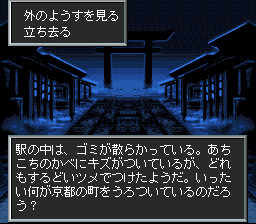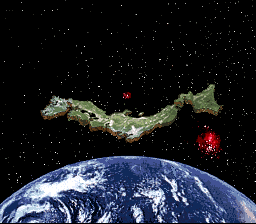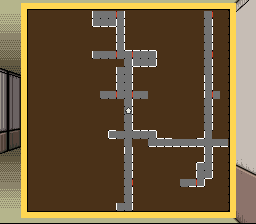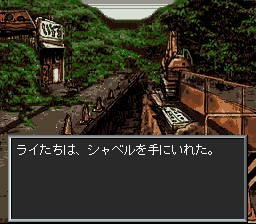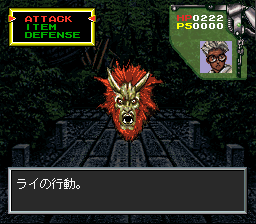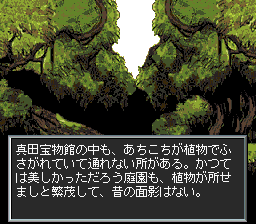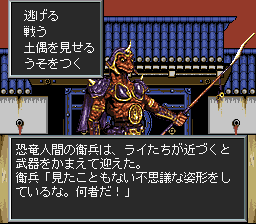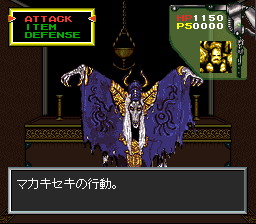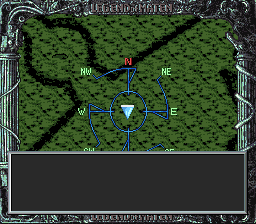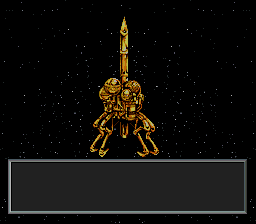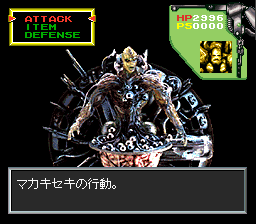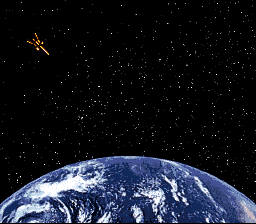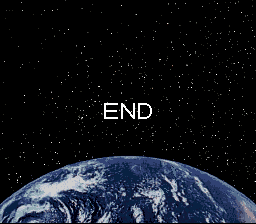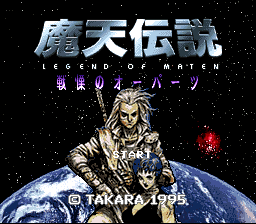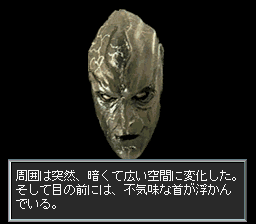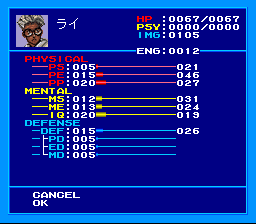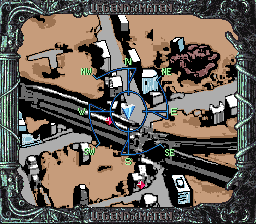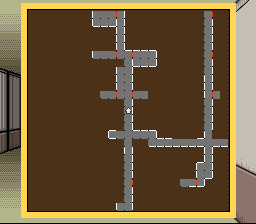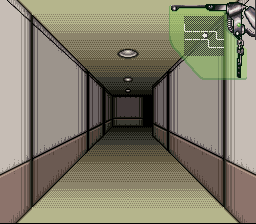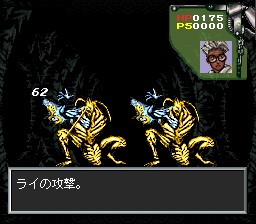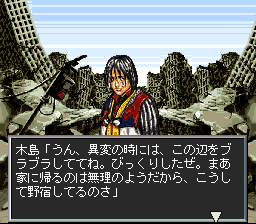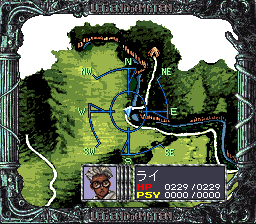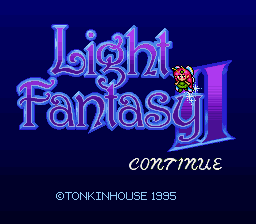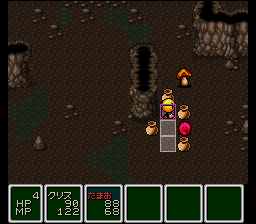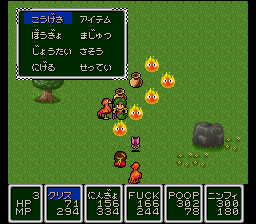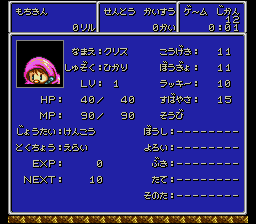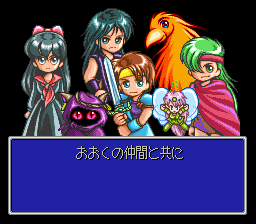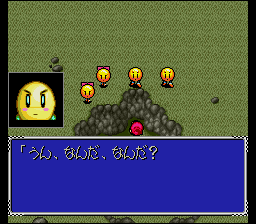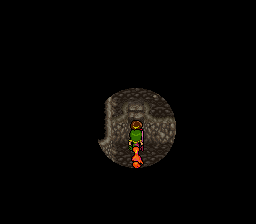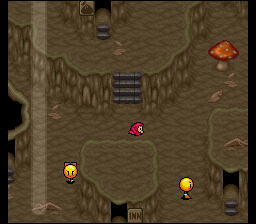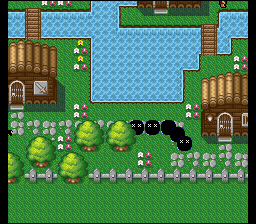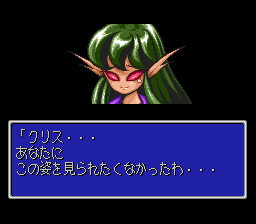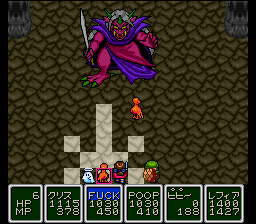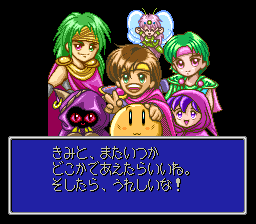Langrisser IV (ラングリッサーIV), released 8/1/1997, developed by Masaya
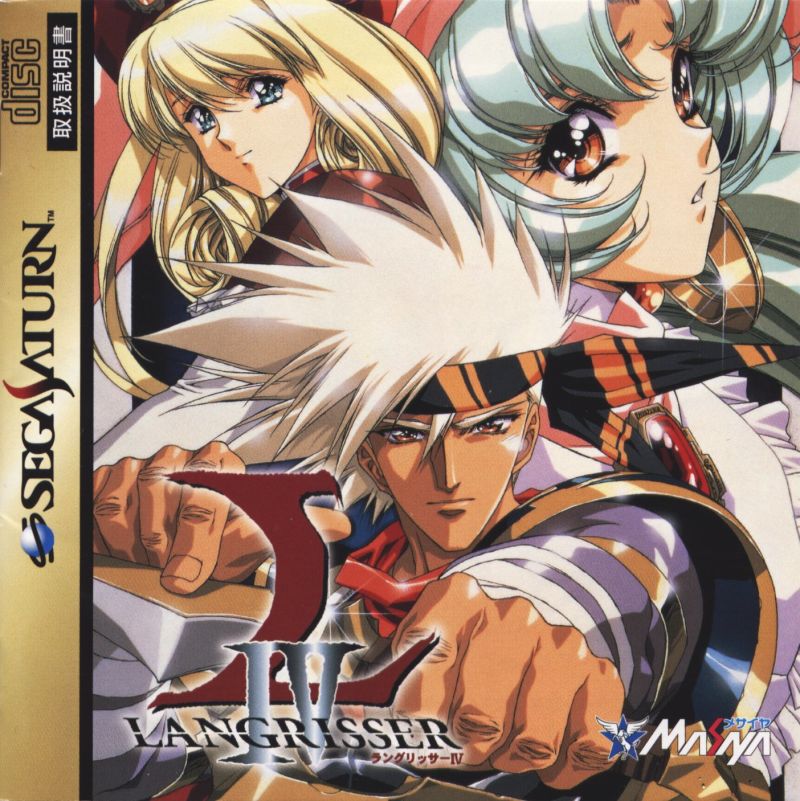
Time to return to one of the main series of SRPGs in this era. This entry in the series abandons the real time system of the previous game (thankfully), although the turns are now speed-based instead of player turn-enemy turn. Langrisser 5 was released only 10 months after this one, and then both games were ported to the Playstation in 1999. My understanding is that Langrisser 5 is essentially a polished version of 4s, and that the Playstation 4 upgrades it to 5’s system. I decided to play the original Saturn version of 4 to better show the progression of the series.
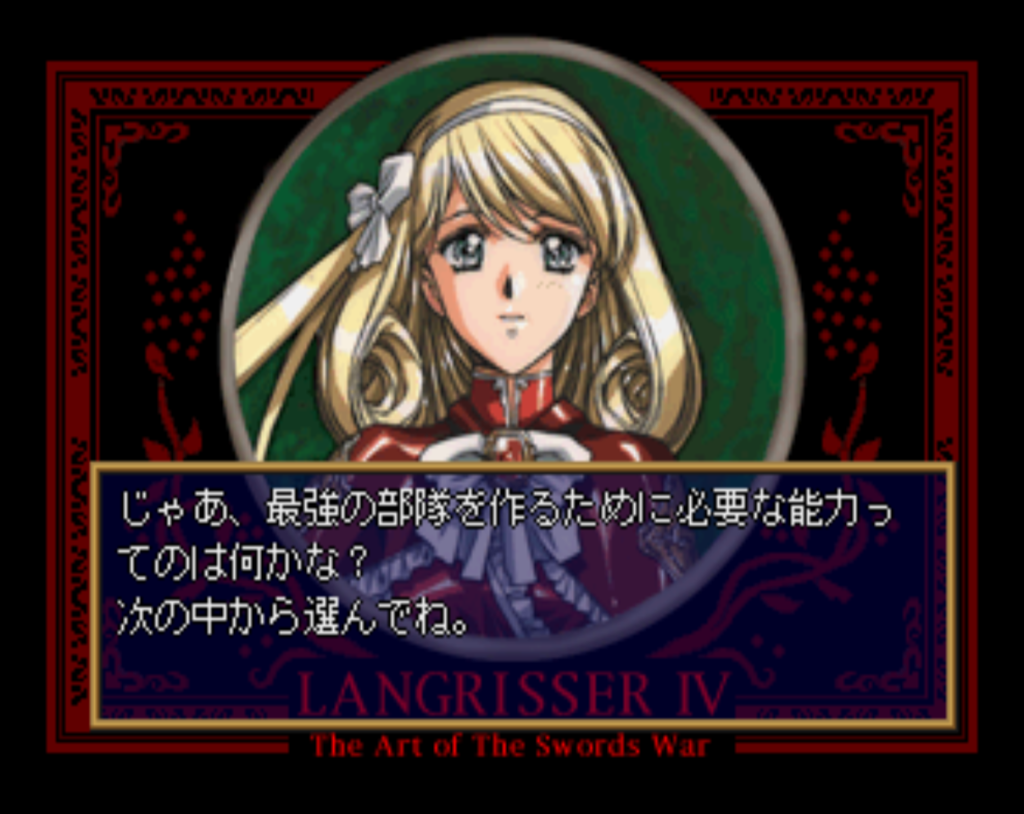
The game takes place 200 years after Langrisser II, in the kingdom of Yeless. Gizlof, a wizard high in the ranks of the Regenberg Federation, attempts to bend the Federation to his will. At the start of the game he needs the Sage Crystal that is in Gotahl Village, and he uses crushing taxes as a pretext to attack the village for rebellion. The main character Randius is the foster son of the village elder. Gizlof kills the father and captures his other foster daughter Rachel and the crystal. Randius and Ricky, the actual son of the elder, escape, and attempt to rescue Rachel.
After they escape they meet up with the daughters of the ineffective king of Caconcis, the southern kingdom. Randius and his group join up with Caconcis to fight against Regenberg, while Gizlof tries to take over Regenberg. He also seems to have some otherworldly backers with their own ideas (if you’ve played the other Langrisser games you already know who the villain here is).
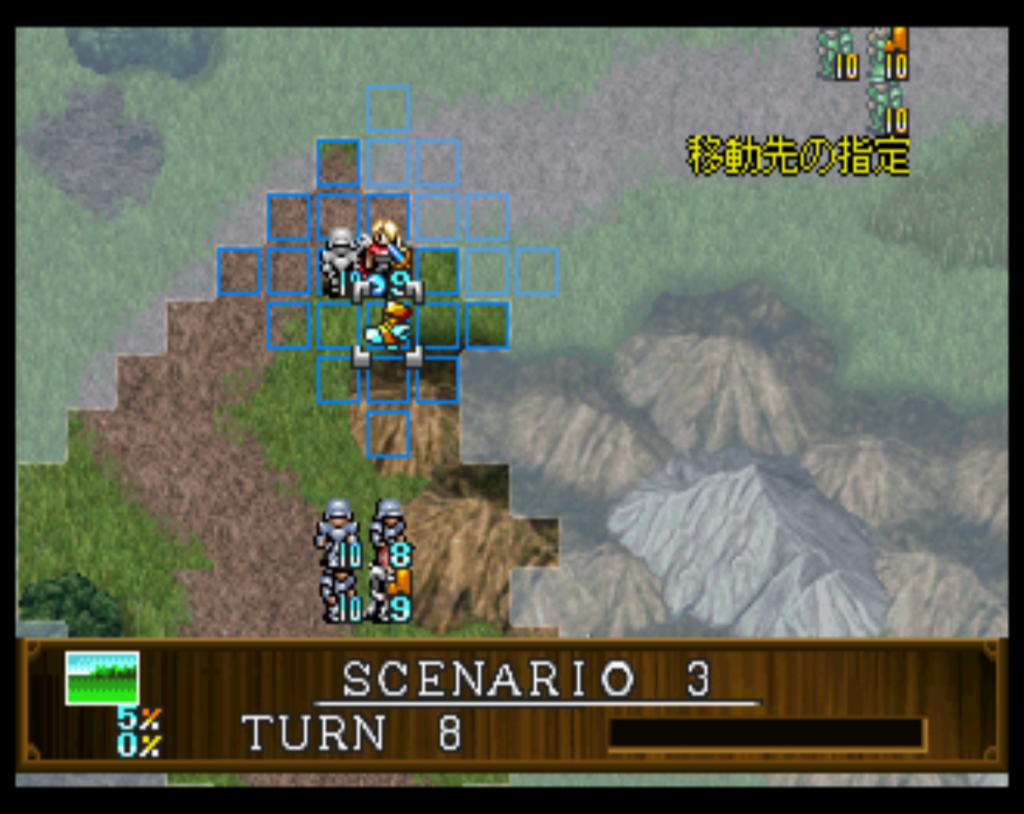
As I said above, the system abandons the real time system of III and goes back to the grid, turn-based system of 1 and 2. The main difference is that units now act based on their “judgment” stat; basically a speed based system. Magic, as in 3, takes time to cast depending on the magic itself. While I think the system works overall, a major issue is that the hired troops and the commander can have different judgment values and act at different times. This can make it difficult to effectively use the troops and keep them within the commander’s leadership range. I believe that this was changed in 5 (and the 4 remake).
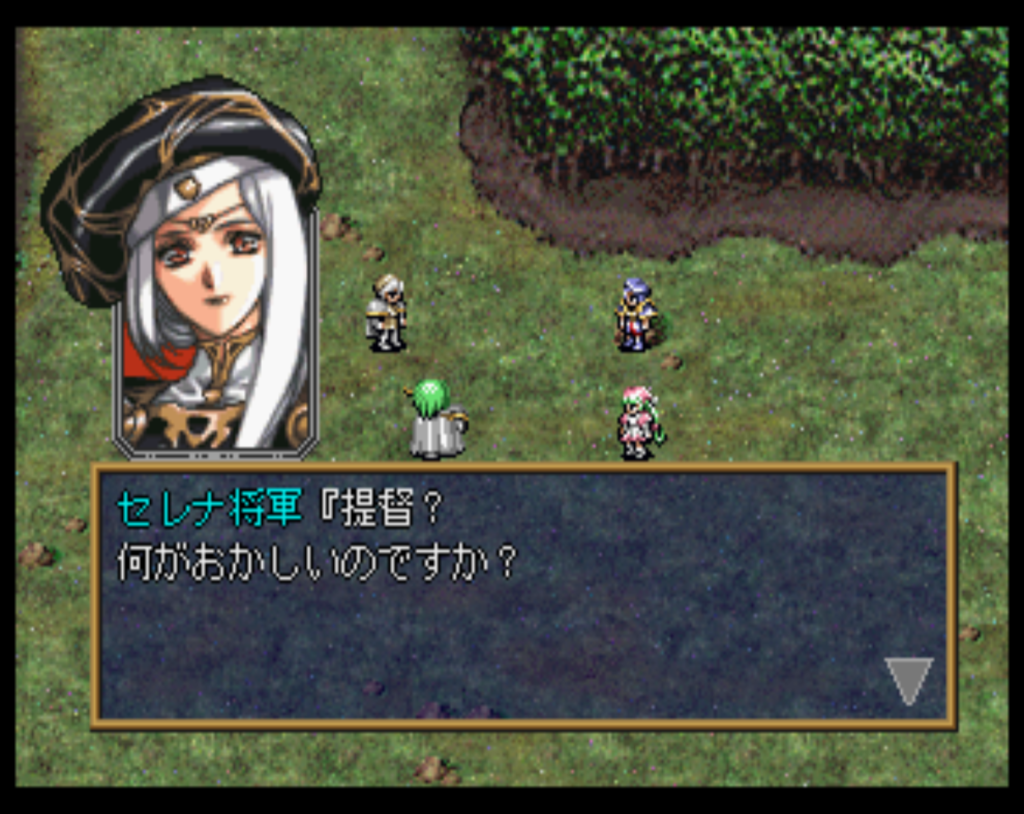
The other main difference is that commanders can’t hire as many units as they could in previous games. The number of available units is now a stat value that raises with level ups (and class changes), and possibly depends on the type of units as well. I think they also added some new abilities like the kind you see in Fire Emblem 4, although they’re mostly about equipment.
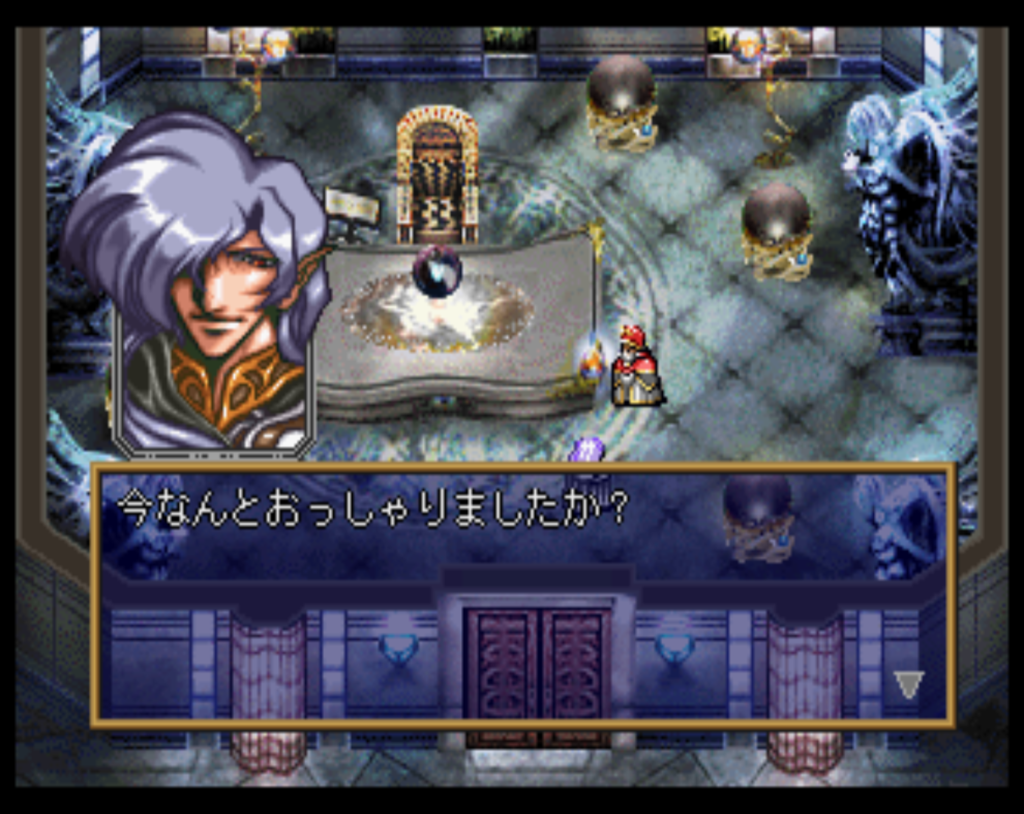
There are other minor gameplay changes but other than the major ones I mentioned earlier this is a familiar game for someone who has played Langrisser 1 and 2. I didn’t find the game especially challenging in the early parts (certainly not as hard as Langrisser 2). So I won’t do a stage-by-stage treatment.
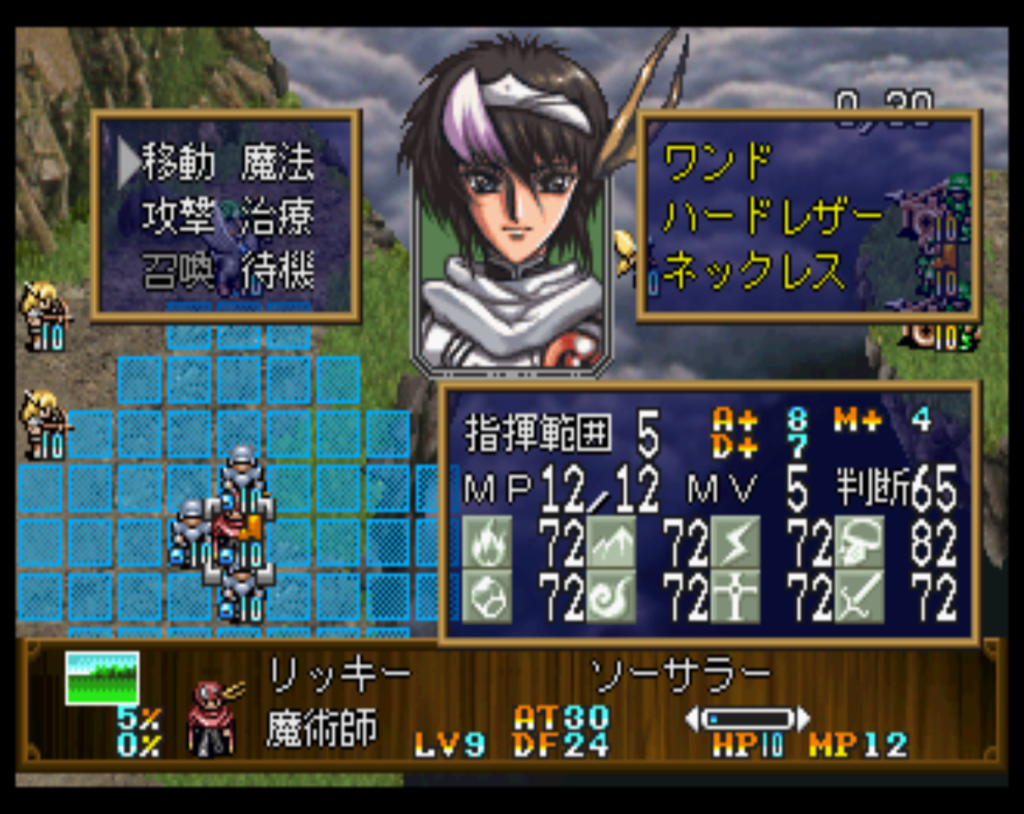
The first really challenging stage, I thought was 14. Here you have Lanford as reinforcements who goes straight for the main character and can kill him in one hit from full HP. So you really need to finish the stage before he can reach you, but the first time I didn’t have my guys set up correctly. The second time I had everyone go around to the left, and that helped my strength be concentrated enough to defeat the enemies.
Stage 15 is a bit tough too but I think as long as you make a strong attack first and make sure that the main character can survive until Lanford leaves, it’s not too bad.
I’m finding archers much better in this game than in the earlier games.
Finally, as in the previous games, the way the AI will always heal the commander if they are below 7 or 6 HP makes it easy to deal with fleeing enemies or guys with strong attacks.
I just finished chapter 15 and it looks like I’ve fulfilled the conditions to get the C route (the Independent route that seems to be the “true” one). I’ll have more to say about the game next weekend when hopefully I will have finished it.
